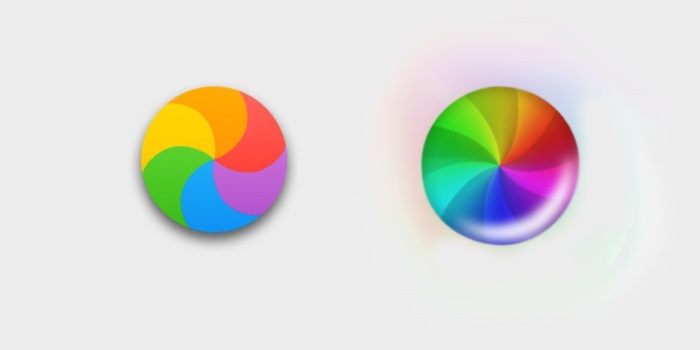
Other drives (internal or external) may still spin down on their own schedules that means you could see the beach ball if you try to access them at the wrong time. To keep drives from entering Standby mode, turn off Put the Hard Disk(s) to Sleep When Possible in the Energy Saver preferences pane.That Energy Saver option primarily affects your startup drive alone. Clearly, the more resource-intensive apps you work with daily, the fewer you should run simultaneously. If upgrading isn’t an option for you, you’re just going to have to run fewer applications concurrently.
#Spinning rainbow wheel mac upgrade
If it’s the RAM or the hard drive, you can upgrade those individually. In the case of the CPU, however, that means buying a new Mac.

If you can isolate a hardware cause, the solution is obvious: You need to upgrade. In the pie charts shown in these panes, more green is better. Again, you can use Activity Monitor to diagnose RAM and hard drive shortages open the System Memory or Disk Usage tabs.
#Spinning rainbow wheel mac free
As a rule of thumb, keep at least 10GB free on your startup disk. Again, that leads to more CPU cycles devoted to swapping and more beach balls. Similarly, if your startup disk is nearly full, less space is available for swap files. That’s why you want as much RAM as your budget will allow and your Mac can accommodate. If apps can’t get the CPU time they want, the beach ball appears. Insufficient RAM means more paging and swapping, which means fewer CPU cycles are available to apps. Virtual memory paging and swapping (freeing RAM by moving data to swap files on disk and back) consumes CPU cycles.

The beach ball may also appear if you don’t have enough RAM. That will place a small activity graph in the corner of your screen.

You can also Control-click on the icon and select Monitors -> CPU Usage, or Monitors -> Floating CPU Window. That will turn the icon itself into a CPU usage graph you can then close the main Activity Monitor window. For example, open Activity Monitor then Control-click on its Dock icon and select Dock Icon -> Show CPU Usage. You don’t have to keep an Activity Monitor window open all the time there are less obtrusive ways to use it. To find out if the CPU is a bottleneck on performance, use Activity Monitor (/Applications/Utilities) to monitor CPU usage.


 0 kommentar(er)
0 kommentar(er)
